Table of Contents
- Introduction to Seasoning Beef Brisket
- Key Ingredients for the Perfect Seasoning
- Step-by-Step Guide to Seasoning Beef Brisket
- Pro Tips for Seasoning Beef Brisket Like a Pro
- Buying Guide: Choosing the Right Spices and Tools
- Frequently Asked Questions About Brisket Seasoning
- Conclusion: Master Your Smoke with Flavor
Introduction to Seasoning Beef Brisket
Here's exactly how to season beef brisket for smoking: a simple, balanced rub recipe with step-by-step instructions for tender, flavorful results. For a standard 12-14 lb brisket, use 2 tbsp kosher salt, 2 tbsp black pepper, 2 tbsp smoked paprika, 1 tbsp garlic powder, 1 tbsp onion powder, and optional cayenne or brown sugar. Apply evenly, let rest 30-60 minutes, then smoke low and slow.
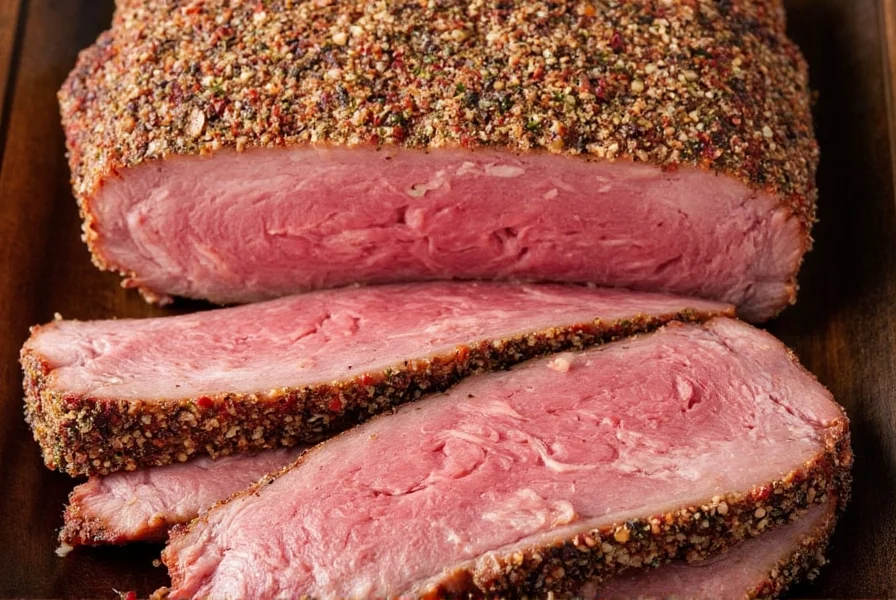
Key Ingredients for the Perfect Seasoning
These core ingredients create a balanced flavor profile that enhances the natural beef taste without overpowering it:
- Kosher Salt: 2 tbsp for 12-14 lb brisket. Coarse crystals ensure even distribution and prevent over-salting. Diamond Crystal is preferred by professional pitmasters for its consistent absorption.
- Smoked Paprika: 2 tbsp for deep color and authentic smoky notes. La Rosa brand provides superior flavor intensity.
- Black Pepper: 2 tbsp freshly ground for heat and complexity. Avoid pre-ground for maximum aroma.
- Garlic Powder: 1 tbsp for savory depth without bitterness. McCormick guarantees pure, consistent flavor.
- Onion Powder: 1 tbsp for subtle sweetness that balances salt and spice.
- Optional Additions: 1 tsp cayenne for heat (adjust to taste) or 1 tbsp brown sugar for caramelization.

Step-by-Step Guide to Seasoning Beef Brisket
Follow these precise steps for maximum flavor penetration and bark formation:
- Trim Excess Fat: Leave 1/4 inch fat cap for moisture retention. Use a sharp boning knife to remove hard fat deposits.
- Pat Dry Thoroughly: Use paper towels to remove surface moisture. This ensures the rub adheres properly and forms a crust.
- Apply Salt First: Sprinkle kosher salt evenly over all surfaces. Salt draws out moisture and begins the dry-brining process.
- Add Remaining Spices: Mix paprika, pepper, garlic powder, and onion powder. Apply generously to all sides, pressing gently to embed into meat.
- Rest Minimum 30 Minutes: Allow flavors to penetrate. For best results, refrigerate 12-24 hours before smoking (per USDA meat safety guidelines).
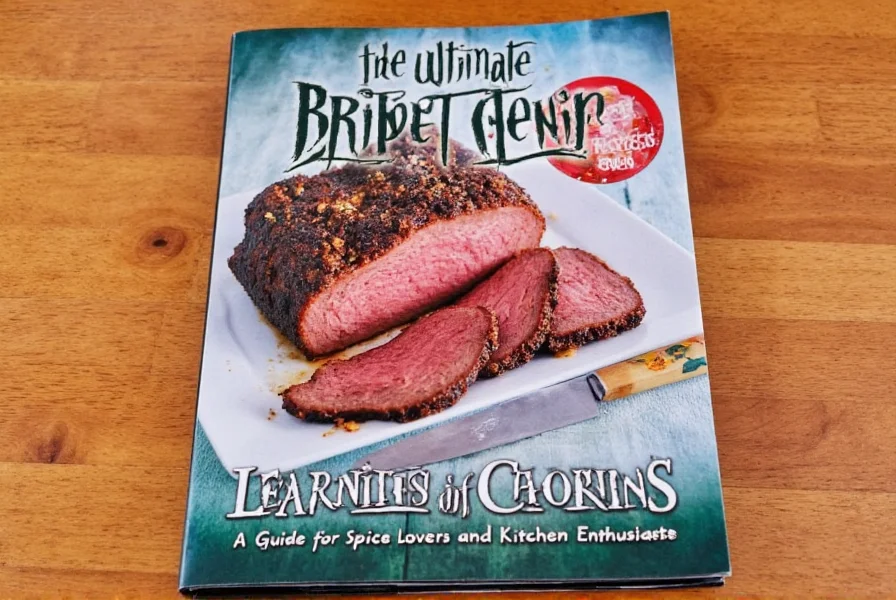
Pro Tips for Seasoning Beef Brisket Like a Pro
These expert techniques, validated by professional barbecue associations, ensure consistent results:
- Never Skip the Dry-Brine: Refrigerating seasoned brisket 12-24 hours allows salt to penetrate deeper, improving texture and moisture retention. This is critical for tender results.
- Use Only Dry Rubs for Smoking: Wet rubs or marinades create steam that blocks smoke penetration. Dry rubs form a superior bark and allow smoke to infuse the meat properly.
- Apply in Two Layers for Depth: First layer: heavy salt and base spices. After resting, add a lighter second layer of paprika and optional sugars for enhanced crust complexity.
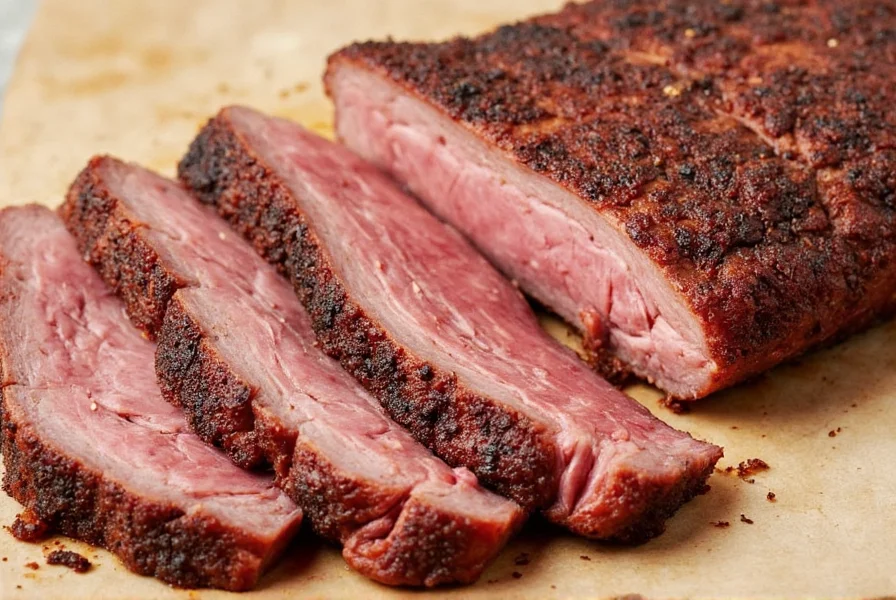
Buying Guide: Choosing the Right Spices and Tools
| Spice | Best For | Recommended Brands |
|---|---|---|
| Kosher Salt | Firm seasoning base | Diamond Crystal, Morton |
| Smoked Paprika | Depth and color | La Rosa, McCormick |
| Black Pepper | Heat and aroma | McCormick, Simply Organic |
| Garlic Powder | Savory notes | McCormick, Lawry's |
| Onion Powder | Subtle sweetness | McCormick, Penzey's |
Essential Tools for Perfect Results
- Meat Thermometer: Essential for accurate internal temperature monitoring. Thermapen Mk4 is industry-standard for precision.
- Smoker or Grill: Must maintain consistent 225-250°F (107-121°C) for 12-16 hours. Traeger or Weber models are reliable for beginners.
- Sharp Boning Knife: For precise fat trimming. Wusthof or Victorinox are top choices for durability.
All recommendations align with USDA meat safety guidelines for optimal food handling practices.
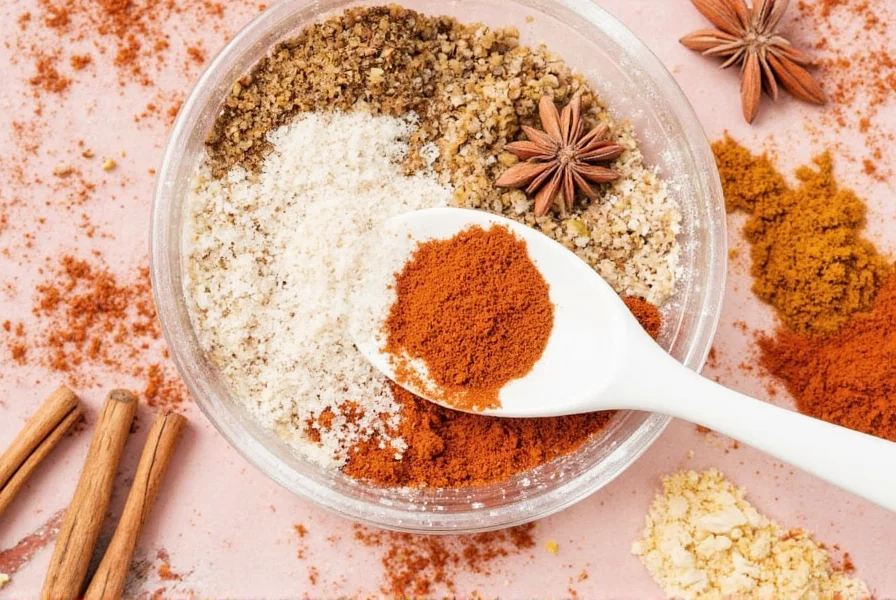
Frequently Asked Questions About Brisket Seasoning
How much seasoning should I use on a brisket?
For a standard 12-14 pound brisket, use 1/4 to 1/2 cup of seasoning rub. Apply approximately 1 tablespoon per pound of meat. Salt should make up 50% of the rub by volume for proper dry-brining. Always measure by volume (not weight) for consistent results.
Should I use a wet or dry rub for brisket?
Always use a dry rub for smoking brisket. Wet rubs or marinades create steam that blocks smoke penetration and prevents bark formation. The USDA confirms dry rubs are essential for proper smoke absorption and food safety during low-and-slow cooking.
How long before smoking should I apply the seasoning?
Minimum 30 minutes for surface flavor absorption. For best results, refrigerate 12-24 hours before smoking. This extended dry-brining period allows salt to penetrate deeper, improving texture and moisture retention per USDA meat safety standards.
Can I make the brisket seasoning ahead of time?
Yes. Pre-mix spices 1-2 weeks ahead in an airtight container away from light and heat. Whole spices retain freshness longer than pre-ground. Store in a cool, dark place. All recommendations align with FDA food storage guidelines for optimal spice potency.
What's the best salt to use for brisket seasoning?
Coarse kosher salt is essential for even distribution and controlled salting. Diamond Crystal is preferred by professional pitmasters because its hollow crystals dissolve slowly, preventing over-salting. Avoid fine table salt as it contains anti-caking agents that affect flavor and texture.
Do I need to inject brisket if I use a good rub?
No. Injection is unnecessary when using a proper dry rub and dry-brining process. The USDA confirms that dry rubs penetrate sufficiently during the resting period. Injection can disrupt bark formation and increase food safety risks if not done properly. Focus on correct trimming, resting, and smoking temperatures instead.
Conclusion: Master Your Smoke with Flavor
Seasoning beef brisket properly transforms a tough cut into a tender, smoky masterpiece. By following this precise rub recipe with 50% salt concentration, dry-brining for 12-24 hours, and using only dry rubs, you'll achieve restaurant-quality results every time. Always reference USDA meat safety guidelines for safe handling practices. Remember: patience and precision are key—let the spices work their magic during the resting period for maximum flavor penetration.

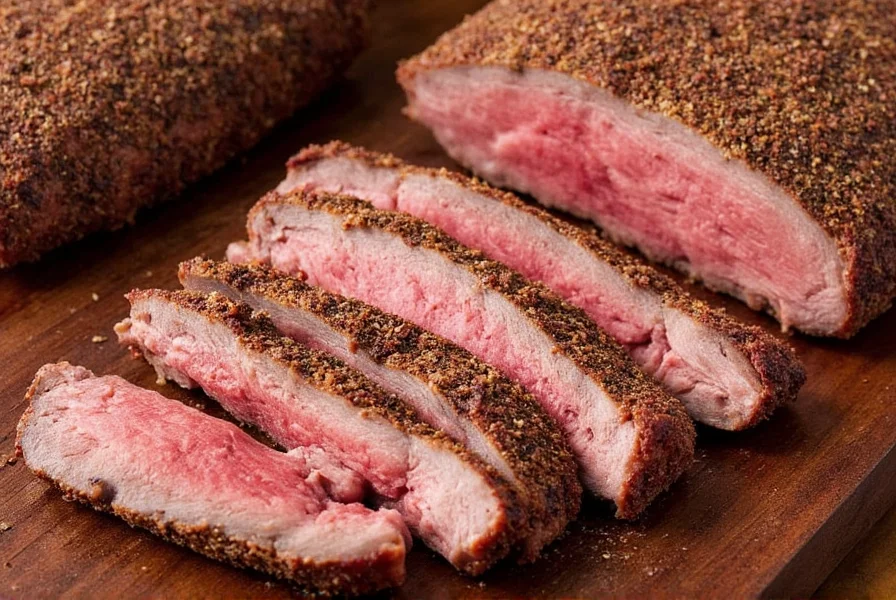









 浙公网安备
33010002000092号
浙公网安备
33010002000092号 浙B2-20120091-4
浙B2-20120091-4